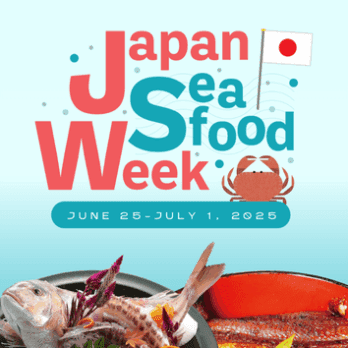Know Your Roe
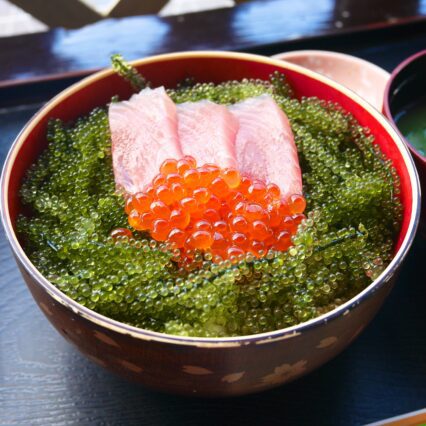
Know Your Roe
While many of us love fish, there’s one subset of seafood that sometimes can intimidate or overwhelm those of us outside of the cultures where this food is ubiquitous. We’re talking about roe, AKA fish eggs.
While in the minds of many, roe is conflated with sturgeon caviar, centuries of Japanese (and Korean) roe curing shows us there’s a whole lot more to it.
Here are five of our favorite varieties — from different fish and brine preparations, but all delicious in their own way:
Ikura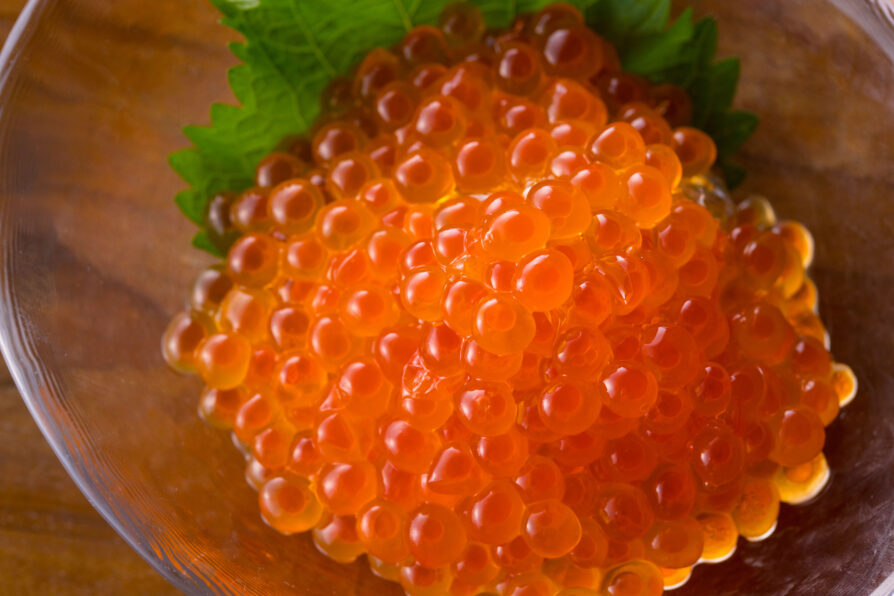
First off is ikura, which are the eggs from salmon. Japanese in preparation, the word ikura comes from the Russian word for caviar.
While the Western style of curing salmon roe is simpler — variations exist but it’s often just salt, sometimes with a bit of sugar — ikura is cured with soy sauce, dashi, and sake. The end result is a fuller flavor that’s less purely salty but with a greater umami taste. It’s rich, complex, a little bit salty, and super delicious.
Ikura are larger than most other roes. The eggs have a satisfying texture that almost makes them taste and feel like a savory popping boba! While salmon roe is a deeper reddish pink in its natural state, the curing process makes it lighter and more orange.
Like many roes, ikura is common in sushi like nigiri, or in other dishes like ikura don, a rice bowl topped with loads of ikura. Because it’s so substantial compared to other roe, it’s generally a more central ingredient while other roe types are sometimes smaller and more of a flavor-enhancing garnish.
Mentaiko
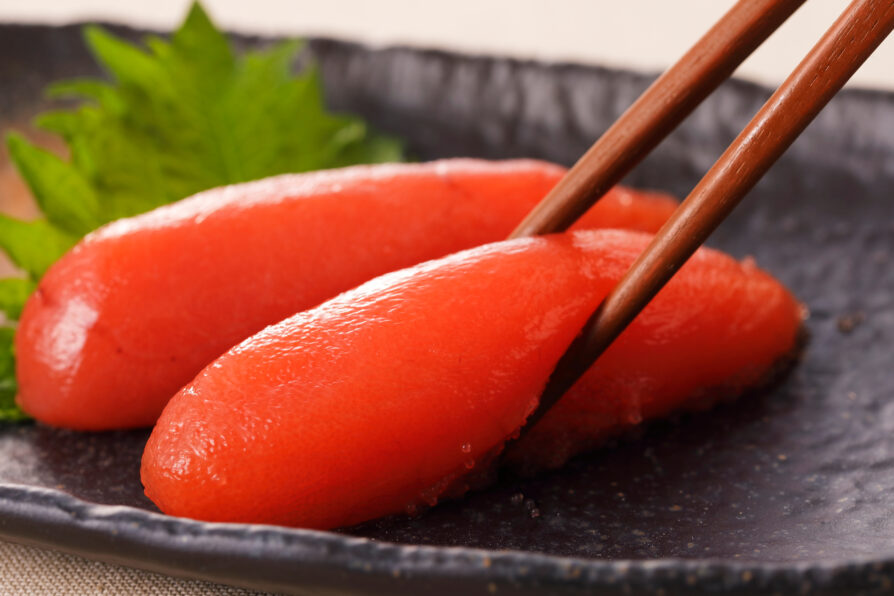
Mentaiko is roe from the pollock. It’s popular not just in Japan, but also in Korea, where it’s called myeongnan-jeot and from where its culinary origins come. Just like pretty much all roe, mentaiko eggs are smaller than the substantial ikura.
The exact ingredients used for curing can vary between not just Korea and Japan, but from chef to chef too depending on preferences. Generally, though, salt, chili, konbu, and sake are frequent parts of the base of the curing brine.
Mentaiko in Korea is eaten in stews, rice dishes, and side dishes, among others. In Japanese cuisine, it’s most common stuffed in rice balls in onigiri, as well as in noodles and Italian-style Japanese pasta.
Tobiko
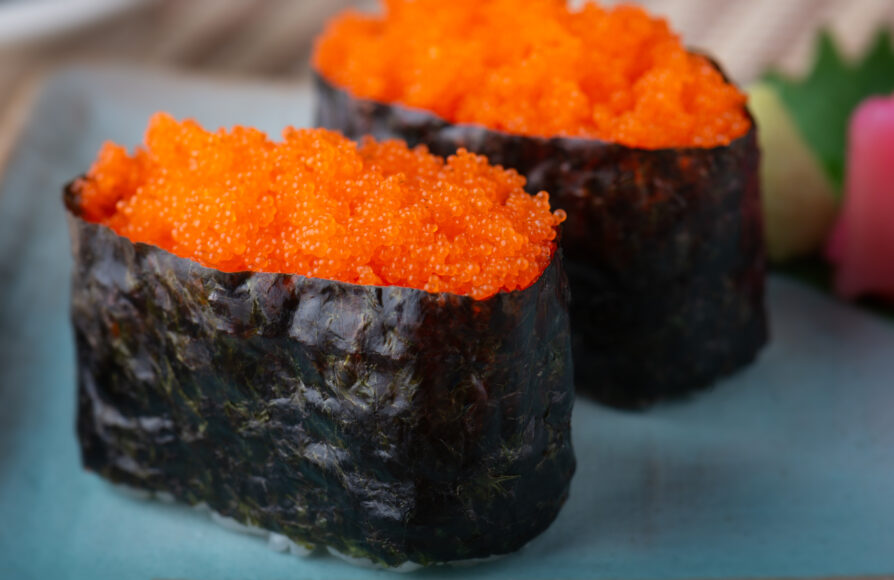
Small and satisfyingly crunchy, tobiko are flying fish roe. The eggs are very small, although they’re bigger than masago — more on that in a second.
Tobiko’s natural color is a light orange-y, although it’s common for chefs to dye it with natural other sources to change the color. Common colors for tobiko-dyeing include pale golden, black (from squid ink), or green (from wasabi). When you see green tobiko, you know you’ll be getting a bit of kick alongside the light savory flavor.
You’ll often encounter tobiko in maki sushi, nigiri, or as sashimi, or as a garnish in other dishes.
Masago
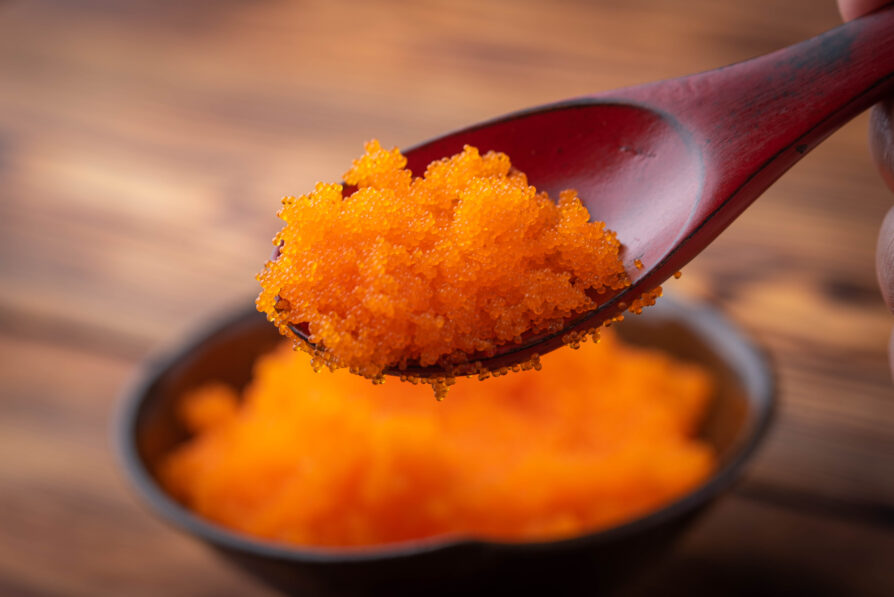
Similar to tobiko, masago is smelt roe from the capelin. The eggs are slightly smaller than tobiko, but they have a similar mouthfeel and texture and so are often used as a substitute.
Masago’s texture is also a bit softer. For less familiar diners, it will be difficult to distinguish between the two, but people who have more experience with tobiko and masago will be able to tell a slight difference.
Masago is often used in the same ways as tobiko — as a garnish or topping for sushi or rice dishes, or in a masago sauce.
Kazunoko
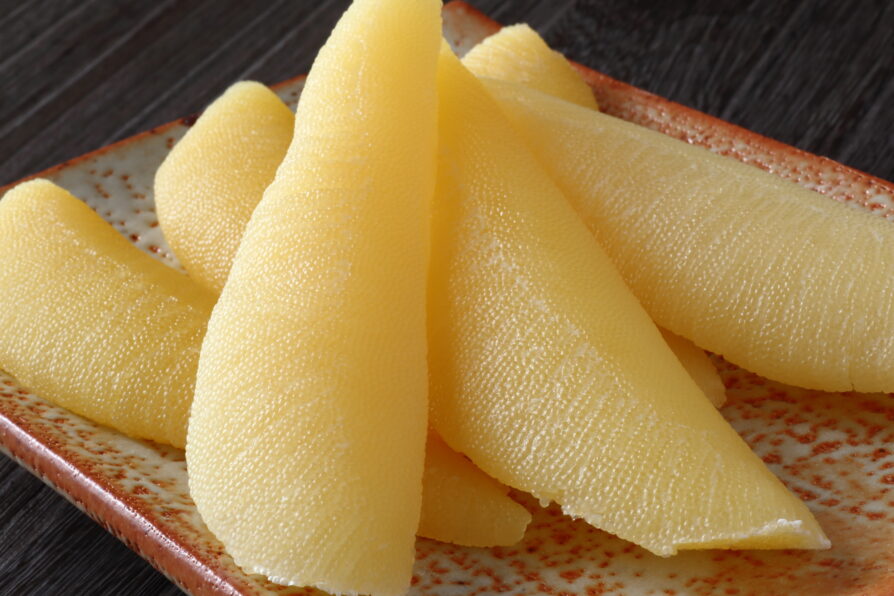
Lastly is kazunoko, which is herring roe. Although herring eggs are much different than salmon roe, the curing process and ingredients are pretty similar between kazunoko and ikura.
Although it looks completely different from ikura, the curing components are very similar as kazunoko’s brine base is also dashi, soy sauce, and sake. Yet you wouldn’t confuse the two: While ikura’s large, pink-orange eggs are instantly recognizable, kazunoko is equally as vivid with the skein and roe a pale golden color and the eggs much more numerous and smaller.
The texture is similar to other smaller roe with a satisfying crunchy pop. Altogether, kazunoko has a salty umami flavor and a bright appearance that, out of the corner of your eye, you might think is a slice of mango!
Whichever fish roe you come to prefer, they’re all extremely high in protein, omega-3 fatty acids, and many minerals and vitamins. And most importantly, they’re all tasty! You can discover different roe in Uwajimaya’s seafood departments, alongside all sorts of fresh fish, shellfish, and other bounties from the sea.




